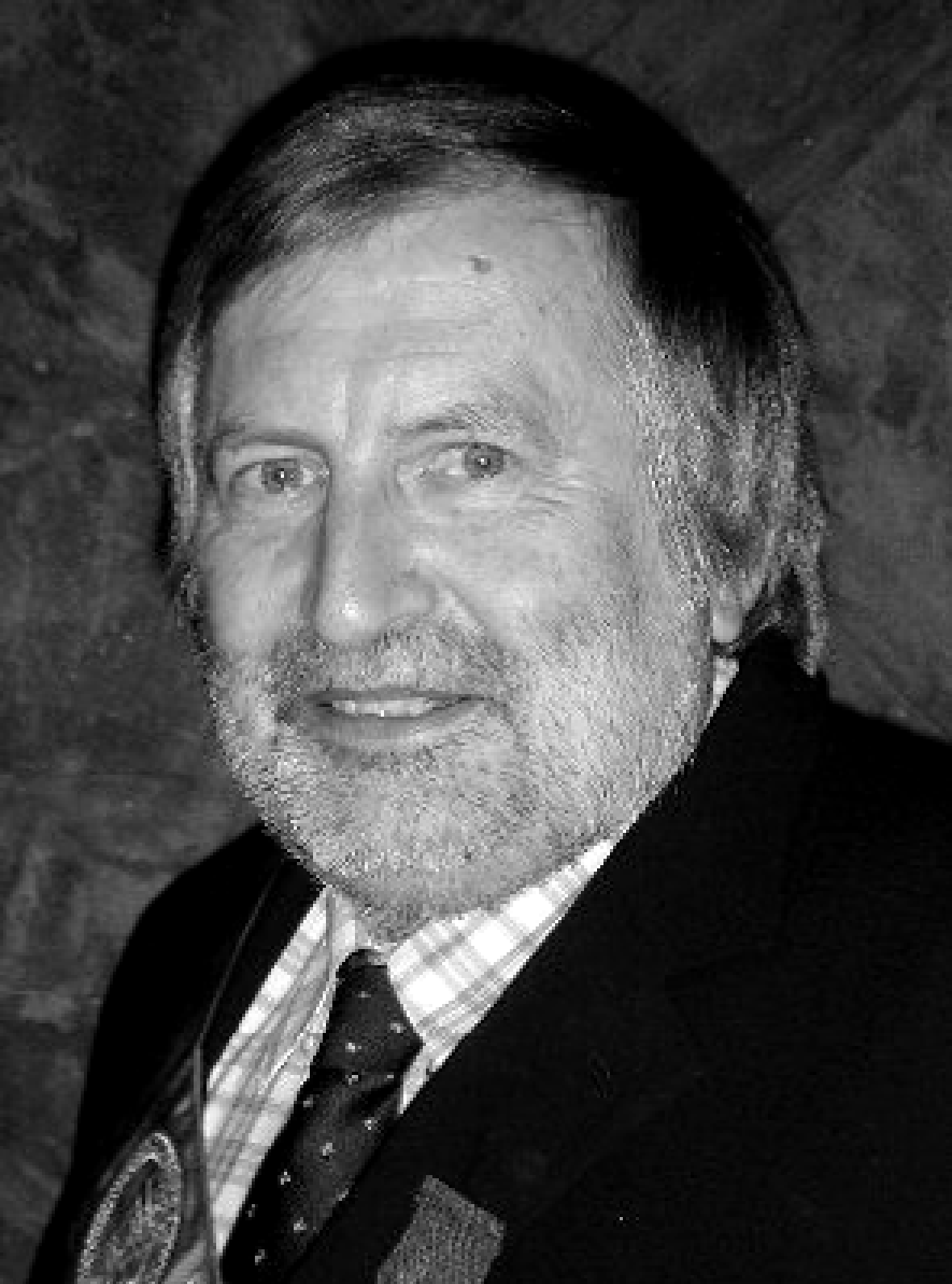The New Electrodynamics
Year: 2000 Pages: 3
Keywords: electrodynamics, theories in physics, paradigm shift
In this Issue of Apeiron dedicated to electrodynamics several points of view are presented in order to synthesize and measure progress. Classical and quantum electrodynamics are still considered by the majority of physicists to be the most accurate and complete theories in physics. Considerable development of the subject has occurred however, especially in the past decade, and this Issue seeks to briefly overview this progress, in the form of papers and scientific debate. The early stages of a paradigm shift are characterized by the sudden emergence of one or more new ideas, followed by considerable debate. This is especially true of theoretical physics, and especially true when the empirical testing of ideas is difficult or lags behind the theory. One of the ideas behind the paradigm shift currently taking place is that electrodynamics is determined ultimately by the topology of the structured vacuum of contemporary physical thought. The topology is developed in terms of gauge theory and group theory. The received view is recovered by assuming that the internal gauge space has U(1) symmetry. The new paradigm that has emerged over the past decade replaces the U(1) group by the O(3) group. The reaction to this idea is typical of the second stage of a paradigm shift and is exemplified in the debate between Hunter and Evans in this Issue, one of many such debates in the literature of the past decade, essentially a discussion between two schools of thought, one based on U(1), the other on O(3). The other papers in this issue reflect new developments within U(1), and are equally important as a sign that the received view is changing slowly within the U(1) ansatz itself. Dr. Phipps, for example, has contributed an interesting article in which his eqns. (3) have the same overall structure as the equations of O(3) electrodynamics in the vacuum, i.e. there is a vacuum charge and current present, whose structure in O(3) electrodynamics is derived from the topology of the vacuum.


